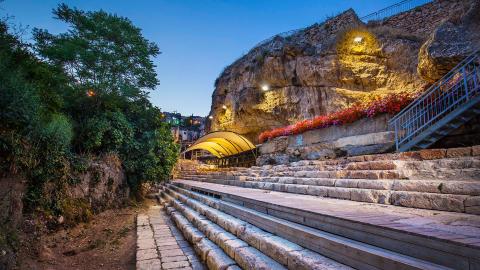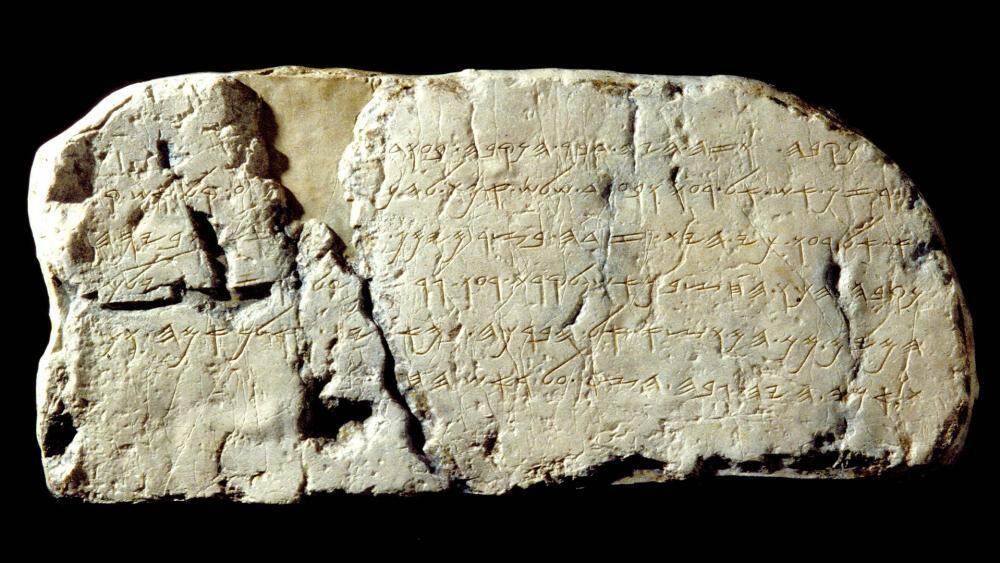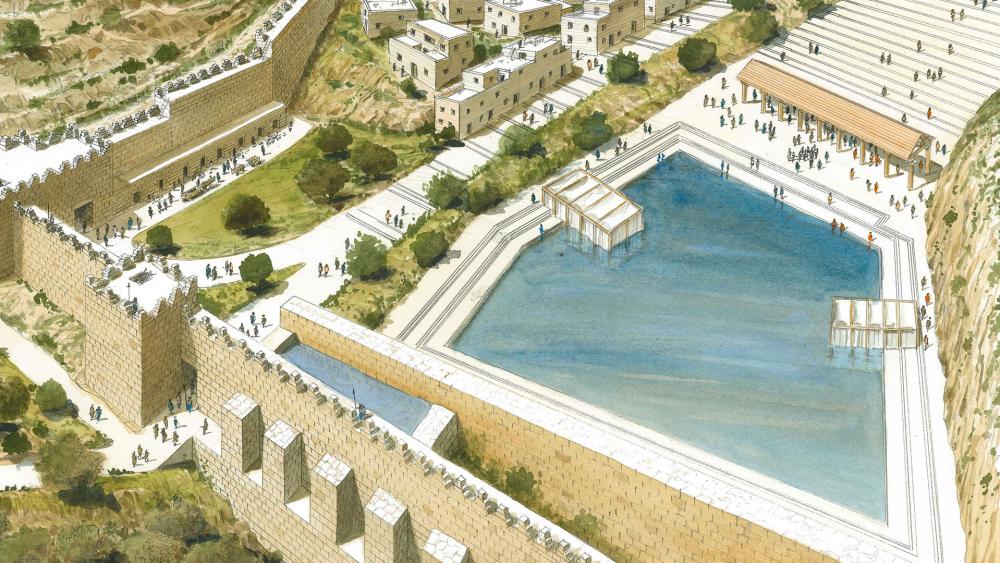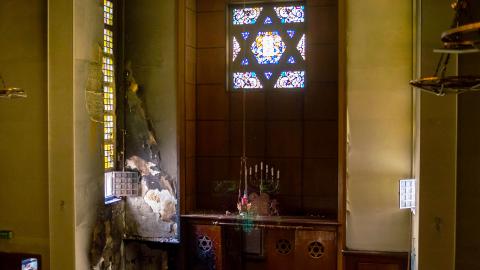
Jerusalem’s Biblical Pool of Siloam to be Excavated, Opened to Public
JERUSALEM, Israel – The Israeli Antiquities Authority (IAA) has announced that one of Jerusalem's most famous archaeological sites, the biblical Pool of Siloam, will undergo a full excavation and be opened for the public to see.
The pool, built in the time of King Hezekiah about 2,700 years ago, and described in the Gospel of John as a place where Jesus healed the sick, has been a point of keen interest to historians and archaeologists for more than 150 years.
The City of David Foundation and Israel's National Parks Authority will join the IAA in the excavation project in the southern part of the City of David, just south of Jerusalem's Old City walls.
The Bible mentions the Pool of Siloam in 2 Kings, 20:20: "Now the rest of the acts of Hezekiah, and all his might, and how he made the pool, and the conduit (Hezekiah's Tunnel), and brought water into the city, are they not written in the Book of Chronicles of the kings of Judah?"
John the Apostle told the story of Jesus healing a blind man at the Pool of Siloam. In John 9:6-7, after telling the blind man "I am the light of the world," he healed him: "Having said these things, He spat on the ground, made mud with the saliva, and spread the mud on the man's eyes. He told him, 'Go, wash in the pool of Siloam (which is translated Sent).' So he went away, washed, and came back seeing."
The pool functioned as a reservoir holding the waters of the Gihon Spring. King Hezekiah diverted the water into the city through the tunnel he ordered to be carved out of the rocks beneath the city to keep water sources away from Assyrian King Sennacherib, who vowed to lay siege to Jerusalem.
After 700 years passed, during the Second Temple period, the pool was renovated and expanded. Historians believe waters at Siloam were used as a ritual bath for pilgrims making their way up to the Temple from the City of David.
In 1880, an inscription describing the works of Hezekiah, written in Hebrew, was found in the water tunnel. That triggered other expeditions, including one by a British-American contingent of archaeologists who uncovered some of the steps to the pool; and during an infrastructure project in 2004, an Israeli water company uncovered some of the steps.
 During its glory years, during the time of Jesus, the Pool of Siloam was more than an acre in size and covered with quarry stones.
During its glory years, during the time of Jesus, the Pool of Siloam was more than an acre in size and covered with quarry stones.
According to the IAA, "For the first time in modern history, the excavation by the IAA will enable the complete exposure of the Pool of Siloam, within the context of an official archaeological excavation. In the first stage, visitors will be able to observe the archaeological excavations, and in the coming months the Pool of Siloam will be opened for tourist access, as a part of a route that will begin at the southernmost point in the City of David and culminate at the steps of the footsteps of the Western Wall."
 Jerusalem Mayor Moshe Lion hailed the project and said, "The Pool of Siloam in the City of David National Park in Jerusalem, is a site of historic, national and international significance. After many years of anticipation, we will soon merit being able to uncover this important site and make it accessible to the millions of visitors visiting Jerusalem each year."
Jerusalem Mayor Moshe Lion hailed the project and said, "The Pool of Siloam in the City of David National Park in Jerusalem, is a site of historic, national and international significance. After many years of anticipation, we will soon merit being able to uncover this important site and make it accessible to the millions of visitors visiting Jerusalem each year."
***Please sign up for CBN Newsletters and download the CBN News app to ensure you keep receiving the latest news from a distinctly Christian perspective.***




